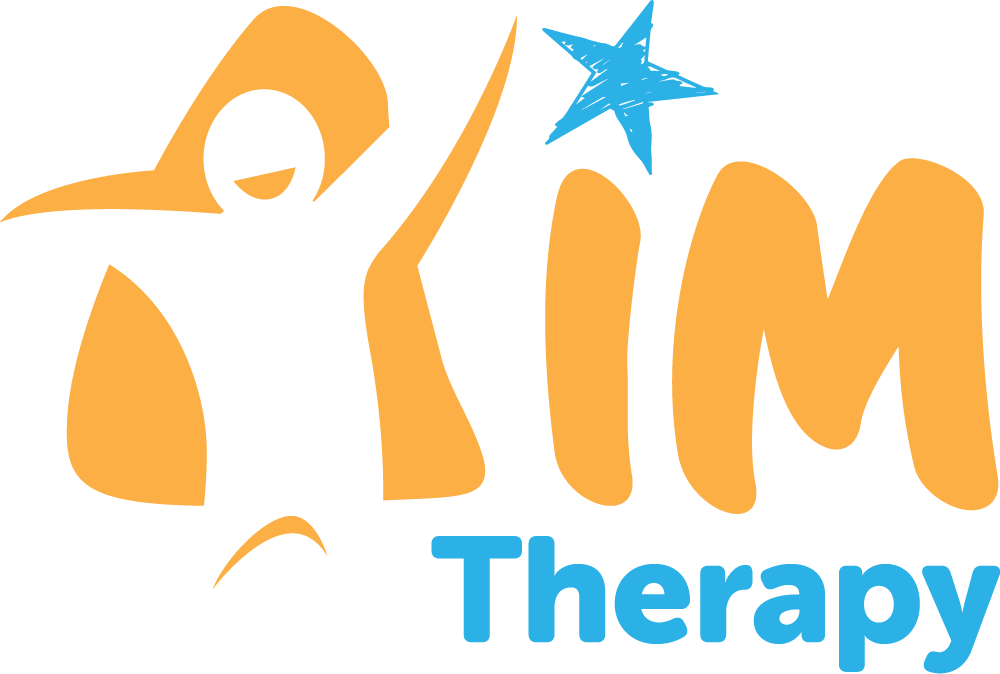AAC for Children: Benefits and Common Misconceptions
Augmentative and Alternative Communication (AAC) represents an essential component in the therapeutic and educational strategies for children with speech and language delays and impairments. By offering a range of communication methods, including Key Word Sign, picture boards, visual schedules and speech-generating devices, AAC seeks to enhance the communicative competence of children for whom traditional modes of expressive verbal communication are challenging. Despite the clear benefits and the transformative impact AAC can have on a child’s life, several misconceptions persist.
The effectiveness of AAC depends on a customised approach, where the chosen method aligns with the child’s cognitive, physical, and communicational abilities. For instance, a child with limited motor skills might benefit from a device that tracks eye movement to select options, whereas another child might use a touch screen or buttons. The goal of AAC is not to replace natural speech but to augment it or serve as an alternative means of communication when speech is not possible.
Implementing AAC involves a collaborative process with Speech Pathologists, parents, teachers and Occupational Therapists. Speech Pathologists assess the individual’s needs, recommend appropriate AAC tools and provide training to the child, their parents and teachers. This ensures that the AAC system is not only effective in facilitating communication but also integrates smoothly into the child’s daily life, enhancing their ability to connect with the world around them. The Occupational Therapist can provide insight into the child’s fine motor skills and visual perception skills and can recommend different button sizes and the need for contrasting background and foreground colours on the device.
Empowering Communication: The Benefits of AAC
Promoting Language Development:
Contrary to some beliefs, AAC does not hinder or supplement language but rather supports language development. It serves as a bridge to verbal communication for some children, while for others, it enhances their ability to communicate complex ideas that they cannot express through speech alone. Moreover, it offers a platform for learning and practicing language structures in a meaningful context.
Facilitating Effective Communication:
One of the primary benefits of AAC is its role in facilitating effective communication for children who cannot rely solely on speech. By providing alternative means of expression, AAC enables children to articulate their needs, share their thoughts, and participate more fully in social interactions. This empowerment can significantly enhance their quality of life and foster independence whilst reducing the risk of social isolation.
Reducing Behavioural Challenges:
Communication frustrations can often manifest as behavioural challenges in children with speech and language delays/impairments. By providing a reliable avenue for expression, AAC can reduce instances of frustration and related behavioural concerns, leading to more positive interactions with peers and adults.
Common Misconceptions
Myth 1: AAC Discourages Verbal Speech
A prevalent misconception is that the use of AAC discourages or inhibits the development of verbal speech. Research, however, consistently demonstrates that AAC can have a neutral or positive effect on speech development. For many children, it serves as a step towards developing spoken language, offering a means to communicate while they work on their verbal abilities.
Myth 2: Only Children with Complex Disabilities Benefit from AAC
AAC is often mistakenly seen as a last resort for children with complex disabilities. In reality, AAC can benefit a broad spectrum of children with various communication challenges, not just those with the most significant impairments. Early introduction of AAC strategies can be particularly effective, even for children who may develop and acquire age-appropriate speech and language communication skills later in life.
Myth 3: AAC is Too Complex for Children to Learn
Another myth is the belief that AAC systems are too complicated for children to understand or use effectively. Children, however, are remarkably adept at learning new technologies and methods of communication (think about how easy it is for your child/ren to use and navigate through your phone!). With appropriate support and training, most children can successfully use AAC systems to enhance their communication skills.
At AIM Therapy, our Speech Pathologists are experienced in Augmentative and Alternative Communication, bringing a wealth of knowledge and specialised skills to support children and families navigating AAC solutions. Our team is committed to providing personalised holistic support, contact us today to find out more.
